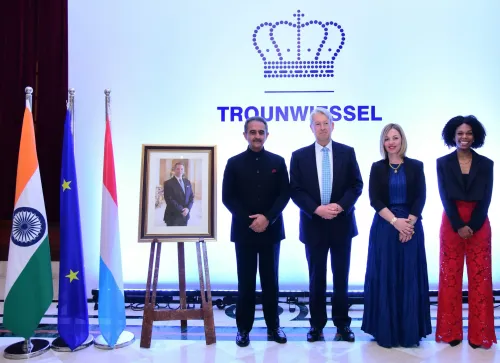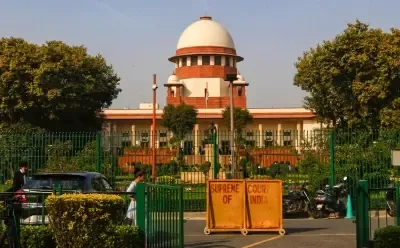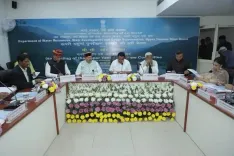Has Pakistan’s Monster Turned Against Its Master? TLP as the New TTP for the Establishment

Synopsis
Key Takeaways
- The TLP has shifted from being a military proxy to a challenger.
- Violent clashes have resulted in significant casualties and political tensions.
- The TLP's agenda includes the imposition of Sharia law.
- The relationship between the TLP and Pakistan's military is deteriorating.
- This situation mirrors historical patterns of political instability in Pakistan.
Vicky Nanjappa The Tehreek-i-Labbaik Pakistan (TLP) has emerged as a significant challenge for the Pakistani establishment, following violent confrontations that have led to numerous casualties. Recently, Lahore was the scene of intense clashes between TLP supporters and the security forces. On Sunday, further violence erupted in Muridke, resulting in the tragic deaths of 13 individuals. This situation has left Indian officials perplexed, as the TLP, once regarded as a proxy for the Pakistan Army, appears to be turning against its former allies. Historically, the TLP has adhered to the directives of the ISI, but its recent aggressive stance reflects an ambition to promote a radical Islamist agenda, including the imposition of Sharia law in Pakistan. Tensions escalated when the TLP organized a march toward the US Embassy to protest the Gaza killings. The Pakistani Army, keen to avoid diplomatic fallout with the United States, responded with a harsh crackdown on its erstwhile proxy. The TLP has a history of challenging civilian administrations, and the Army's leniency towards protests against elected governments suggests a strategy of using the TLP for political leverage. Indian officials note that the Army has leveraged the TLP to destabilize governments when dissatisfied with their performance. While groups like Lashkar-e-Taiba and Jaish-e-Mohammad were created to further foreign policy objectives in Jammu and Kashmir, the TLP has primarily operated within Pakistan's domestic political landscape. The Army avoided direct involvement in government removals to maintain its international reputation, opting instead to create the TLP as a tool for orchestrating large protests aimed at government collapse. The TLP was instrumental in protests against the Imran Khan administration as well. History shows that during protests, clashes often arise, providing justification for governmental upheaval. In 2017, the TLP initiated significant protests against Nawaz Sharif, who had fallen out of favor with the Army. When protests erupted, the Army intervened to negotiate, leading to Sharif aligning with the Army's interests. However, the TLP, which has traditionally supported the Army, is now expressing discontent, particularly regarding Pakistan's stance on Gaza and its growing ties with the US. This has triggered a pivotal shift, with the TLP now challenging the Army. Analysts suggest that the TLP's evolution mirrors that of the Tehreek-e-Taliban Pakistan (TTP), which, once a creation of the Army, has become a formidable adversary. Although the TLP is not an armed group like Lashkar-e-Taiba or Jaish-e-Mohammad, the Pakistani establishment should not underestimate its potential threat. Given the current trajectory of events, Pakistan now finds itself facing another adversary akin to the TTP.









